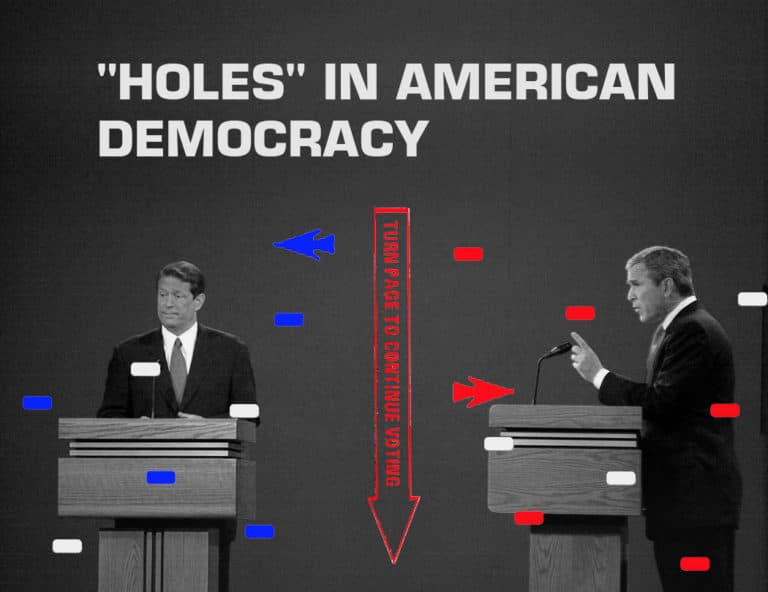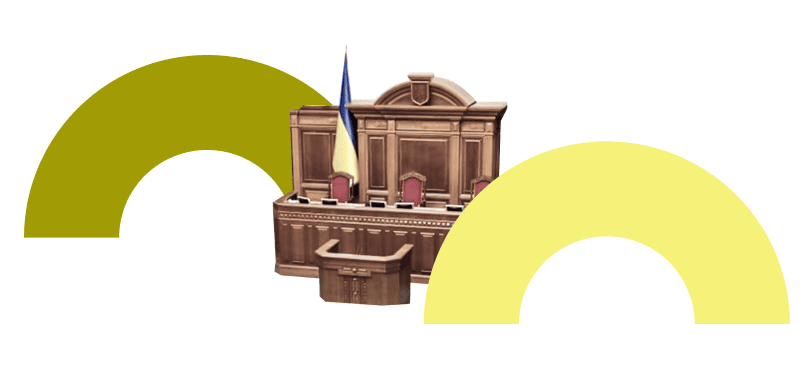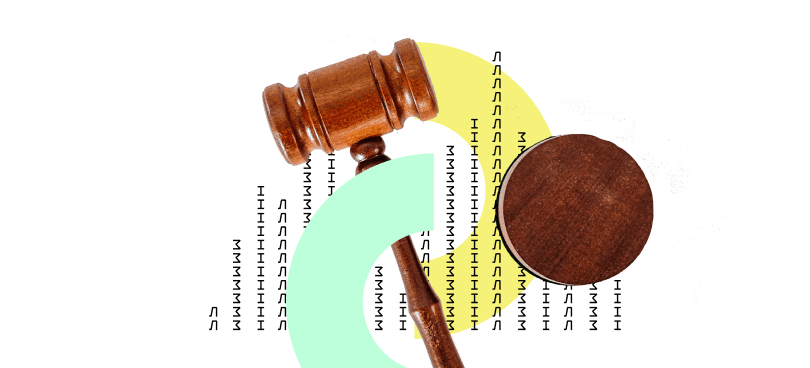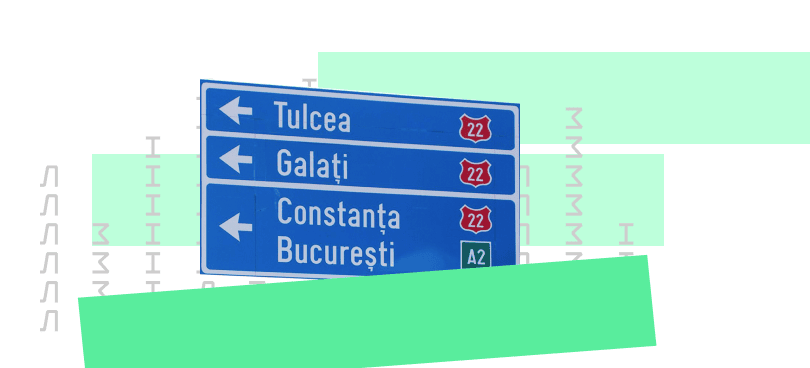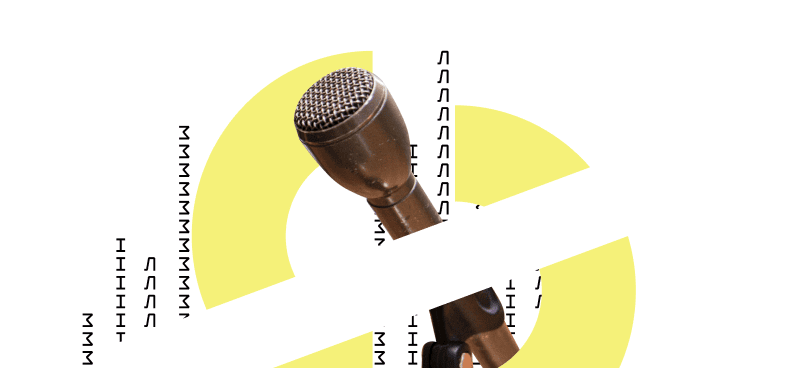Are you following the US election? Meanwhile, the situation with votes and results is only gaining momentum – we want to tell you about the most controversial and scandalous elections in America, which took place in 2000.
The Constitutional Court has caused a political crisis in Ukraine. But the courts influence politics not only in Ukraine. How are the decisions of the US Supreme Court and the US presidential election related?
On November 3, the election period in the United States ended. The results of this election will affect American citizens and political and economic processes in other countries. Therefore, the course of the campaign and the counting of votes will be monitored around the world.
Any election held in 2020 is special because of the challenges of the pandemic. However, in the United States, the electoral process has changed beyond recognition. A record number of voters voted long before election day by sending ballots by mail.
Because each state has its own laws, the counting process is different – several states allow ballots to be counted even after election day, provided they are sent in time. Some states have started counting votes in advance and will have results soon. Among the latter are several so-called swing states, states where candidates from the two main parties have an equal chance of being elected. In these elections, such states are, for example, Pennsylvania and North Carolina, where, by the time polls closed, about 80 percent of the ballots had already been counted.
In 2000, the gap between George W. Bush (Republican) and Albert Gore (Democratic) was less than 1 percent, and the election was decided in Florida, where the count showed that Bush would win Florida by such a small margin (537 votes in total), that the law required recalculation.
Recalculation was also required due to uncertainty about most of the ballots in the form of punch-cards in which automatic voting machines incorrectly punched (so-called “hanging, dimpled, or pregnant chads”) – there were disputes regarding the enrollment of such ballots or the degree of perforation that can be enrolled. Even after the election, experts estimated that if the count had taken place across Florida, most of the ballots with problematic perforations would have been counted, Al Gore would have won the election.
However, in the case of Bush v. Gore, the US Supreme Court has made a scandalous decision to cancel the recount, voicing a very political motivation to avoid an “unnecessary and unjustified cloud” over Bush’s legitimacy. Thus, under state law, all Florida votes (even those cast for Gore) passed to Bush, which determined his victory.
This decision is still considered controversial and has seriously damaged both the Supreme Court’s reputation and the legitimacy of the president-elect.
The scenario of 2000, when the fate of the US election was decided by small holes in the ballots and 9 judges, is unlikely, as the “fight” is unlikely to be reduced to one state. However, the results of this election are unlikely to be less scandalous, given the conditions of the election, as well as a large number of lawsuits. Electronic ones have since replaced voting machines, but the highly complex US election process is likely to require more serious change and reform in the future.

